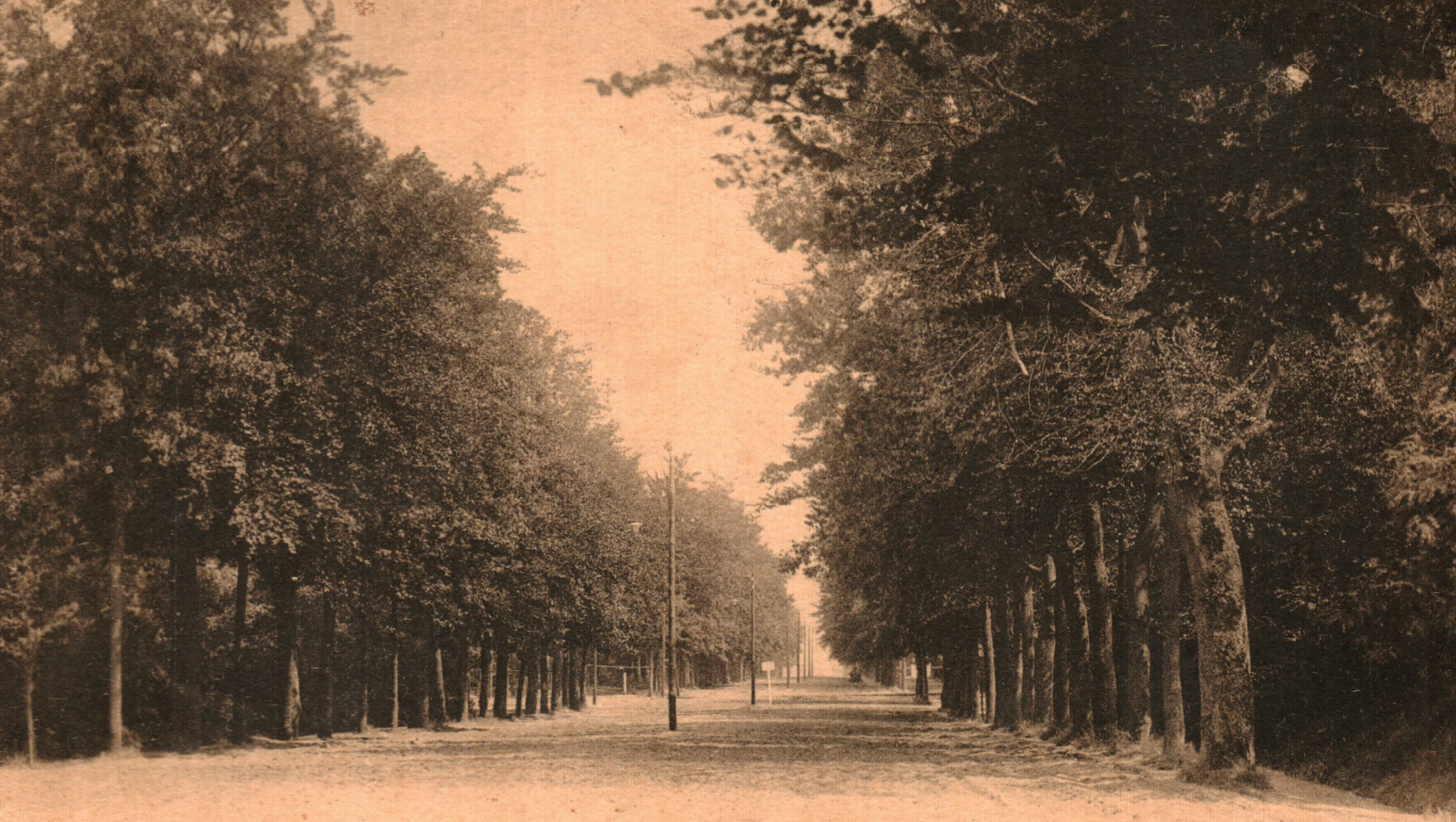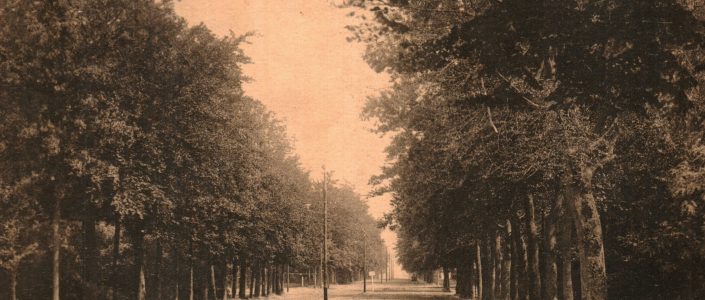A number of streets were named after royalty, soldiers or places where the Belgian army fought. This list is certainly not yet complete. Some streets may also belong to Leopoldsburg, but because of the fact that they are located on a military domain and the signs are different from those of the municipality, I have included them in this list. If you still know a street, or have found a mistake, don’t hesitate and let me know via the contact form.
If there is a stamp under the street name, you can click on it to see some old postcards.
Street name | Information | _____________ |
|---|---|---|
 | Louis Bernheim (1861 – 1931) was, as a lieutenant-general, the commander of the 1st Army Divison during World War I. He was one of the orginasors of the defence of the Ijzerfront (front at the river Ijzer). Less fine was his strong anti-Flemish attitude*, by which he was hated by the Vlaamse Frontbeweging (Flemish Front-movement). As a result of his wish to be cremated, the debate about cremation was opened (at that time it was still forbidden by law) which was very much contested by the Catholics, among them cardinal Van Roey.(* At one time he refused to retrieve the bodies of two Flemish frontsoldiers, because one of them was a “flamingant” (= supporter of the Flemish Movement.) | 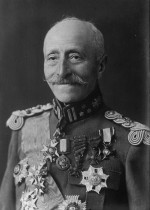 |
 | General Alois Biebuyck (Sint-Eloois-Vijve 06/20/1860 – Elsene 01/28/1944) During the mobilization (1914) he was a colonel, the very first commander of the newly formed 2nd Regiment Karabiniers. Under his command the regiment fought at Antwerp and Lier. While he was staying behind the river IJzer, he got three times hit by a bullet on one day. After an unfinished recovery of 7 months, he returned to the front. As a General-Major he had the command over the ‘Brigade Jagers te Voet’. He was also appointed to Aide-de-Camp of the King. In 1916 he received the command over the 6th armydivision and later even the ‘Zuidelijke Groepering’ (Southern Grouping= French, Belgian and British units). He distinguished himself at Passendale, Moorslede and around the river Leie (1918). He was rewarded several decorations for his heroic behaviour. | 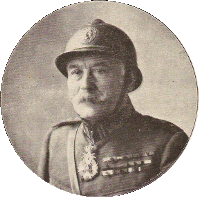 |
 | The Piron Brigade or officially Belgian 1st Infantry Brigade was established in the United Kingdom during World War II and was commanded by Jean-Baptiste Piron who in turn was commanded by the British 6th Airborne Division of the Canadian 1st Army. From August 28, 1944, the brigade fell under the British 49th Division of the British 2nd Army. The brigade consisted of 2,200 Belgian and Luxembourg soldiers who fled (according to another source 2,500). The unit was trained in Tenby, Wales. She did not participate in the Normandy landings but landed in Arromanches and Courseulles-sur-Mer on August 7, 1944, and liberated Cabourg on August 21, Deauville on August 22, Trouville-sur-Mer on August 24, and Honfleur on August 25. Afterwards, the brigade took part in the liberation of Belgium. On September 3 she crossed the border at Rongy and liberated the capital Brussels a day later. The soldiers were then given a few days' leave to visit their family. Subsequently, the unit took part in the campaign in the Netherlands, especially on Walcheren and in Betuwe. |  |
 | The street is named after Chapelié, Jean-Jacques Edouard. He was born in Marseille on October 13th 1792 and deceased in Ixelles on October 24th 1864. He was Lieutenant General and also the founder, Study Director and Commandant of the Military Academy from 1834 to 1863; the Vice Chief of the General Staff of the Army in 1832 until 1834. The strange thing is that the accent on the E got lost when naming the street. |  |
  | Chazal, Pierre Emmanuel Félix baron (Tarbes January 1 1808 – Uzos, in the neighbourhood of Pau, January 25 1892), Belgian general and politician, descended of a French family who moved to Brussels in 1814. In 1830 he ranged himself at the side of the anti-Dutch resistance and he was active in the Belgian Revolution. In 1844 he was naturalised Belgian. From 1847 to 1850 and from 1859 to 1866 he was Minister of War. During his second term of office he had the bill of Brialmont approved and executed. This made it possible that a large enclosure around Antwerp was build. In 1871 he was spokesman of a mixed military commission, which propagated the personal compulsory service. He retreated on his estate in Uzos in 1875. More info can be found in the article about his statue. |  |
 | Charles Marie Pierre Albert Count de Broqueville (Postel (Mol), December 4, 1860 - Brussels, September 5, 1940) was the Belgian cabinet leader during the First World War (from June 17, 1911 to June 1, 1918) and Prime Minister from October 22, 1932 to 20 November 1934. | 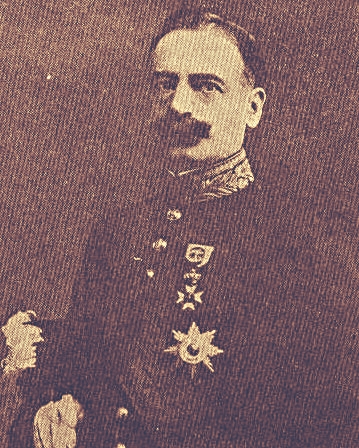 |
  | Charlotte Marie Amélie Auguste Victoire Clémentine Léopoldine (Laken June 7, 1840 – Castle Boechout, Meise, January 19, 1927), empress of Mexico, princess of Belgium, only daughter of the Belgian king Leopold I, married Maximilian of Austria on July 27, 1857, who was the brother of emperor Frans Jozef. After her husband was shot down by followers of Juarez, her disease became worse (mental derangement); Leopold II assigned the Castle of Tervuren and after 1879 the Castle of Meise to his sister. | 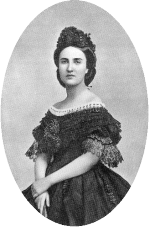 |
 | Albert I, Albert Léopold Clément Marie Meinrad (Brussels April 8 1875 – Marche-les-Dames February 17 1934), third King of Belgians. He was entitled to the crown since his brother Boudewijn had died in 1891. On December 23 1909 he succeeded his uncle Leopold II – he was the first king to take the constitutional oath in both vernacular languages. Albert found death while climbing a hill. He was married to Elisabeth on Oktober 2 1900, duchess of Bavaria, who gave him three children: Leopold, later to be Leopold III (November 3 1901), Karel, who became regent in 1944 (Oktober 10 1903) and Marie-José (August 4 1906). |  |
 | Elisabeth Gabrielle Valérie Marie (Possenhofen July 25, 1876 – Brussels November 23, 1965) married Albert on Oktober 2, 1900, than crown prins of Belgium. She was familiar with medicin and became very popular during WW I, because of her care of the nursing of soldiers from the front of the Yser. After the war she expressed the same care in numerous of medical and philantropic foundations. Elisabeth showed interest as well in art and science In 1937 the first International Music Contest Eugène Ysaye took place, with patronage of the ‘Fondation Musicale Reine Elisabeth’, in 1950 this was extended to the famous International Music Contest Queen Elisabeth of Belgium. In 1939 she founded the Music Band Queen Elisabeth in Argenteuil. | 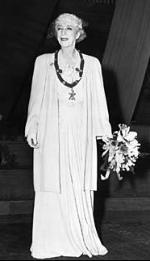 |
 | Louise Marie (Palermo April 3, 1812 – Ostend October 11, 1850) was the daughter of the French king Louis-Philippe. She married Leopold I, King of Belgians on August 9, 1832. | 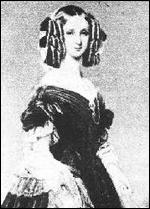 |
 | Maria Hendrika (Budapest August 23, 1836 – Spa September 19, 1902), daughter of archduke Jozef of Austria, from the House of Habsburg, married Leopold in 1853, who became Leopold II, King of Belgians in 1865. From 1893 she was living in Spa. |  |
 | Leopold I, fully: Leopold George Christiaan Frederik (Coburg December 16, 1790 – Laken December 10, 1865), first King of Belgians (1831–1865), son of duke Frans van Saksen-Coburg, from the House of Saksen-Coburg-Gotha. With his wife (his second marriage – August 9, 1832) Louise Marie, daughter of the French king Louis-Philippe, he had four children: Lodewijk Filips (1833–1834), later Leopold (II), Filips and Charlotte. | 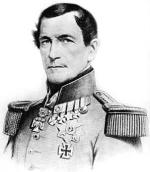 |
 | Leopold II, fully: Leopold Lodewijk Filips Marie Victor (Brussels April 9, 1835 – Laken December 17, 1909), second King of Belgians (1865–1909), son and throne continuator of Leopold I, from the House of Saksen-Coburg-Gotha. His lifework is the foundation of the ‘Onafhankelijke Kongostaat’ (Independant Kongostate), of which he was recognised sovereign in 1885. The critisism on his policy and the materal difficulty to manage such a immense area, led eventually to the adoption of the Kongostate by Belgium on October 8, 1908.Out of Leopolds’ marriage (August 22, 1853) with archduchess Maria Hendrika van Oostenrijk four children were born: Louise (1858–1924), Leopold (1859–1869), Stéphanie (1864–1945) and Clémentine (1872–1955). | 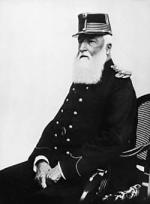 |
 | Mathieu Cormeau, zoon van onderwijzer Mathieu Cormeau, son of teacher Corneil Corneau, was a lieutenant in the 11th infantry division when WW II started. He was killed at the age of 33, on May 20, 1940, during shelling of the village Sleidinge. |  |
 | On the Military Domain used to be a prison, called ‘Malakoff’ (named after the bastion Sebastopol in Russia). This was the home of the detention company, also called the company ‘sans floche’. The prison was damaged by the German bombardments in May 1940 and was completely pulled down around 1950. More information can be found in this article. |  |
 | Victor Léonard Michel (Ghent, January 8, 1851 - Brussels, December 4, 1918) was a Belgian soldier and Minister of War. | |
 | Boudewijn Albert Karel Leopold Axel Marie Gustaaf (Brussels, September 7, 1930 - Motril, July 31, 1993), Duke of Brabant (1934–1950), Count of Hainaut (1930–1934), Prince of Belgium, ruled from 1950 to 1951 as royal prince and from 1951 to 1993 as king of the Belgians. |  |
 | Ramskapelle (Nieuwpoort) is a polder village near the Ijzer (river). On october 15 Germans broke through the Belgian lines and occupied Ramskapelle. The 6 Linieregiment, supported by the French 16 Bataillon de Chasseurs à Pied, reconquered Ramskapelle op octover 30-31 1914. This deed allowed the Belgians to execute their strategy, the flooding of the plain of the Ijzerl. It gave the 6 Linieregiment the honourable mention on their flag, and Leopoldsburg a street name. |  |
 | This name has 2 candidates after whom it is named: Fernand du Roy de Blicquy (° Blicquy 12/15/1836 - † Watermael-Boitsfort 09/18/1913). General Fernand du Roy de Blicquy (1836-1913) In his record we read: - Wing adjutant of the Count of Flanders (1870 -1905); - Commander of the 2nd Regiment Gidsen from 1885 to 1886; - Chief of Staff of the Cavalry (1891 - 1898): - Commander of the 2nd Cavalry Division (1898-1902); - Honorary Wing Adjutant to King Leopold II (1905-1909); - Lieutenant General of the Cavalry. ======================================================================== Baron General Albert du Roy de Blicquy . (° Brussels 06-12-1869 - † Brussels 09-09-1940). Successively this baron became: - Ordonnans Officer of the Count of Flanders (1898-1900). - Orderly Officer of Prince Albert (1900-1909) - Acting Adjutant General, Chief of the Military House of King Albert I and Envoy of the Military House of King Albert 11914-1918). - Commander of the Department of the Grand Duke of King Albert I (1908-1918) - First Officer of the Order of King Albert I, (1909-1917) - Commander of the 1st Regiment Gidsen, (1917-1918) - Commander of the 2nd Regiment Gidsen (1918-1920) - Commander of the 2nd Cavalry Brigade (1920-1925) - Commander of the Light Cavalry Division (1925-1926) - Commander of the 1st Cavalry Division (1926-1928) - Commander of the Cavalry Corps (1928-1929) - Inspector General of the Gendarmerie (1929-1931) - Honorary Jonker of King Albert I (1914-1934) - Honorary Wing Adjutant to King Albert I (1917-1934) - Honorary Wing Adjutant to King Leopold III (1934-1936) - Lieutenant General of the Cavalry |  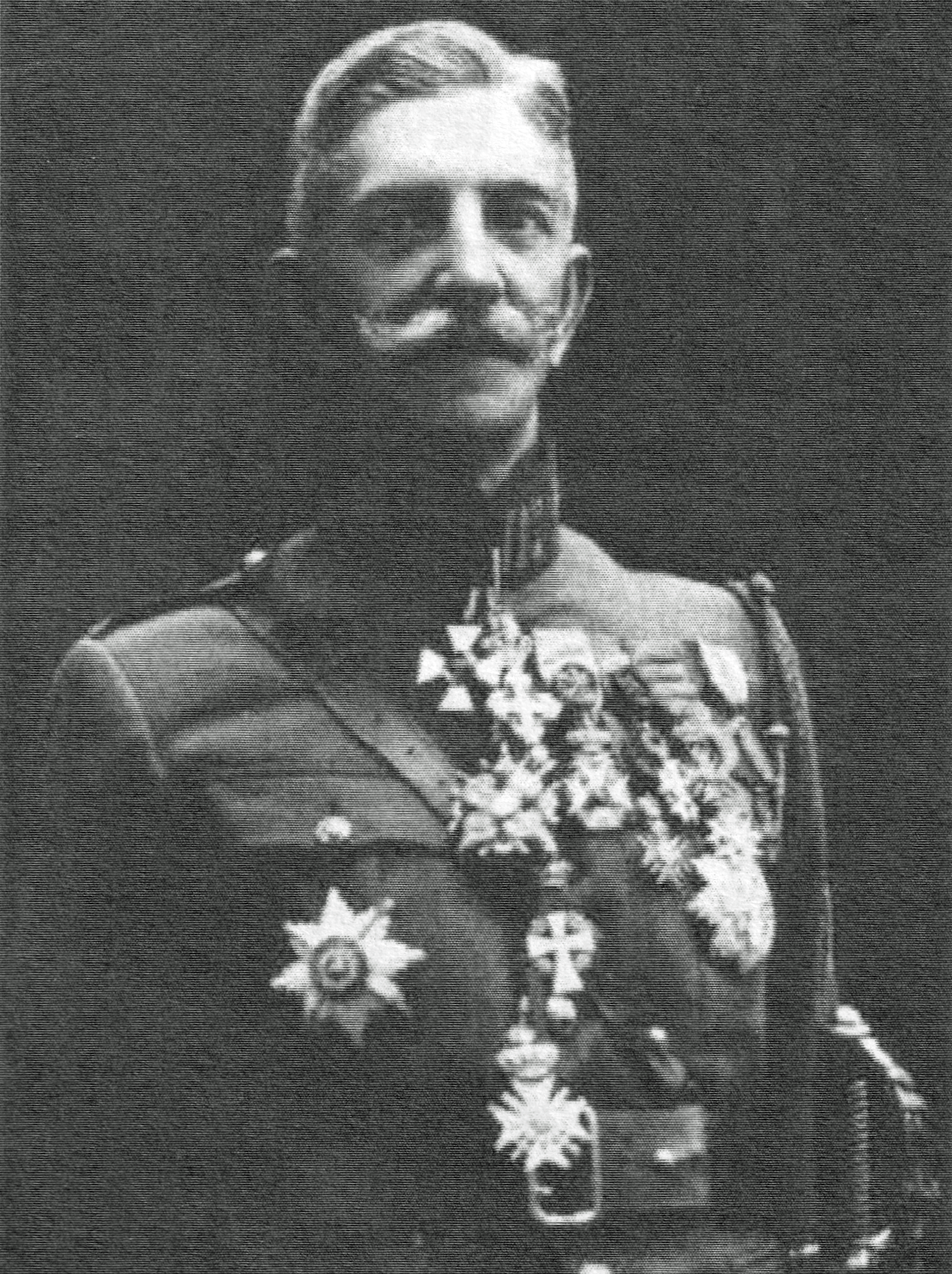 |
 | On April 22 1915 Germans used for the first time poisonous gas in Steenstraete, a hamlet of Ypres. The chloric gas attack, which sturck especially French troops, took place in the sector of the Regiment Grenadiers until 1914 the “Beremutsen translated: bearskin hats”). Together with the French and Canadians, the Grenadiers succeeded to close the breach in the frontier. The honourable mention “Steenstraete” will be written on the flag of the regiment and Leopoldsburg will get a “Steenstraetelaan”. |  |
 | Tabora, a city in the Tanzania. During WW I Tabora was part of German East-Africa (Tanganjika). During the campaign in East-Africa the allied forces (British, French and Belgians) had one’s hands full with with the German General Paul Emil von Lettow-Vorbeck. As part of a pincer movement the Belgian General Charles Tombeur, commander of the Forces Publiques, managed to conquer the city Tabora after being engaged in violent combat (September 1916). This battle is also a part of the movie “The Young Indiana Jones Chronicles”. |  |
Street name | Information | _____________ |
This article is also available in
![]() Nederlands
Nederlands
